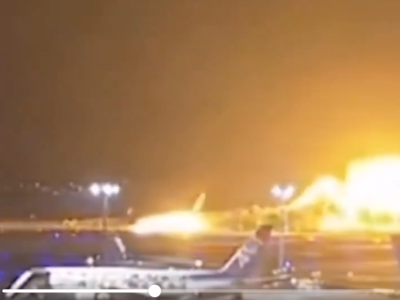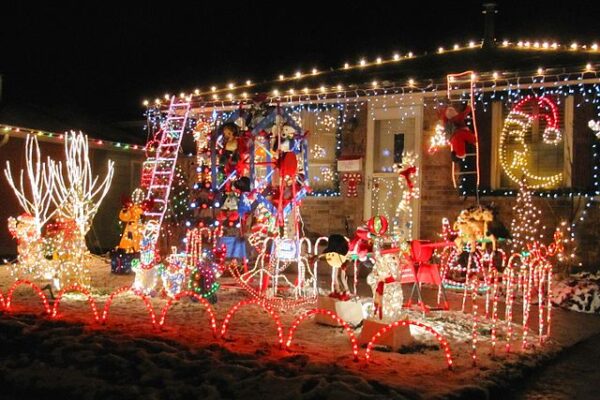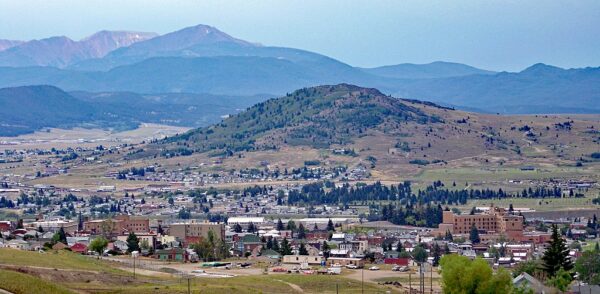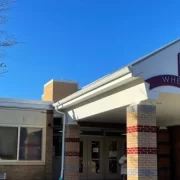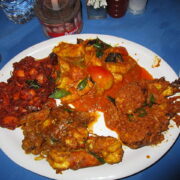
We all love the James Webb Telescope. Some of the photos taken using the state-of-the-art look into deep space can blow your mind. But recently, what astronomers saw while using the device made them have to look twice because it left a real question mark.
Literally. They saw a question mark.
Using the James Webb Space Telescope (JWST), a team from the European Space Agency (ESA) released an image on Wednesday (June 26) showing a detailed look at two actively forming young stars located in the Vela Constellation, about 1,470 light-years away from Earth, writes Space Explored.
Deep in the background and just below the subject of a tightly bound pair of actively forming stars, known as Herbig-Haro 46/47, lies the cosmic mystery that has astronomers and the general public yarning for more information.
According to the Space Telescope Science Institute (STScI) in Baltimore, which is responsible for JWST’s operations, the most likely explanation is that it represents a remote galaxy or possibly a pair of galaxies tangling in each other’s gravitational pull, resulting in the distorted configuration resembling a question mark.
“It’s something unusual, something odd,” Christopher Britt, an education and outreach scientist at the Space Telescope Science Institute, the organization that operates the telescope, told McClatchy News.
“It’s probably a merger of galaxies happening in the background,” Britt said. “A lot of times when galaxies are growing through cosmic time, they’ll run into their near neighbors, and when that happens, the gravity as they pass by one another can strip off these tails of stars, these tidal tails.”
Other space experts agreed.
Kai Noeske, a communication program officer at the European Space Agency, told McClatchy News that it “looks like a group or a chance alignment of 2 or 3 galaxies.”
Matt Caplan, an assistant professor of physics at Illinois State University, agreed with the theory, as well. He told Space.com that the object might be two galaxies combining. “The two distinct features could easily be merging galaxies in the background, with the upper part of the question mark being part of a larger galaxy getting tidally disrupted.”
“Given the color of some of the other background galaxies, this doesn’t seem like the worst explanation. Despite how chaotic mergers are, double lobed objects with curvy tails extending away from them are very typical,” he continued.
While the merging hypthesis is the prevalent theory, “Caplan added that there are plenty of other possibilities, as well, but rules out a star due to the lack of the eight-pronged refraction spikes that appear to emanate outward from stars in JWST’s images as a result of its mirrors.”
Space.com summed up all of our thoughts on the new telescope: “More stunning discoveries such as this cosmic question mark are sure to come thanks to JWST’s high-resolution near-infrared imaging capabilities, which allow it to peer into the far reaches of the universe, spotting galaxies as distant as 13.4 million light-years away that existed just 420 million years after the Big Bang.
Over 750 pieces of peer-reviewed scientific literature using data produced by the James Webb Space Telescope have been published in its first year of operations, according to STScI.”
Here’s to the next 750.


